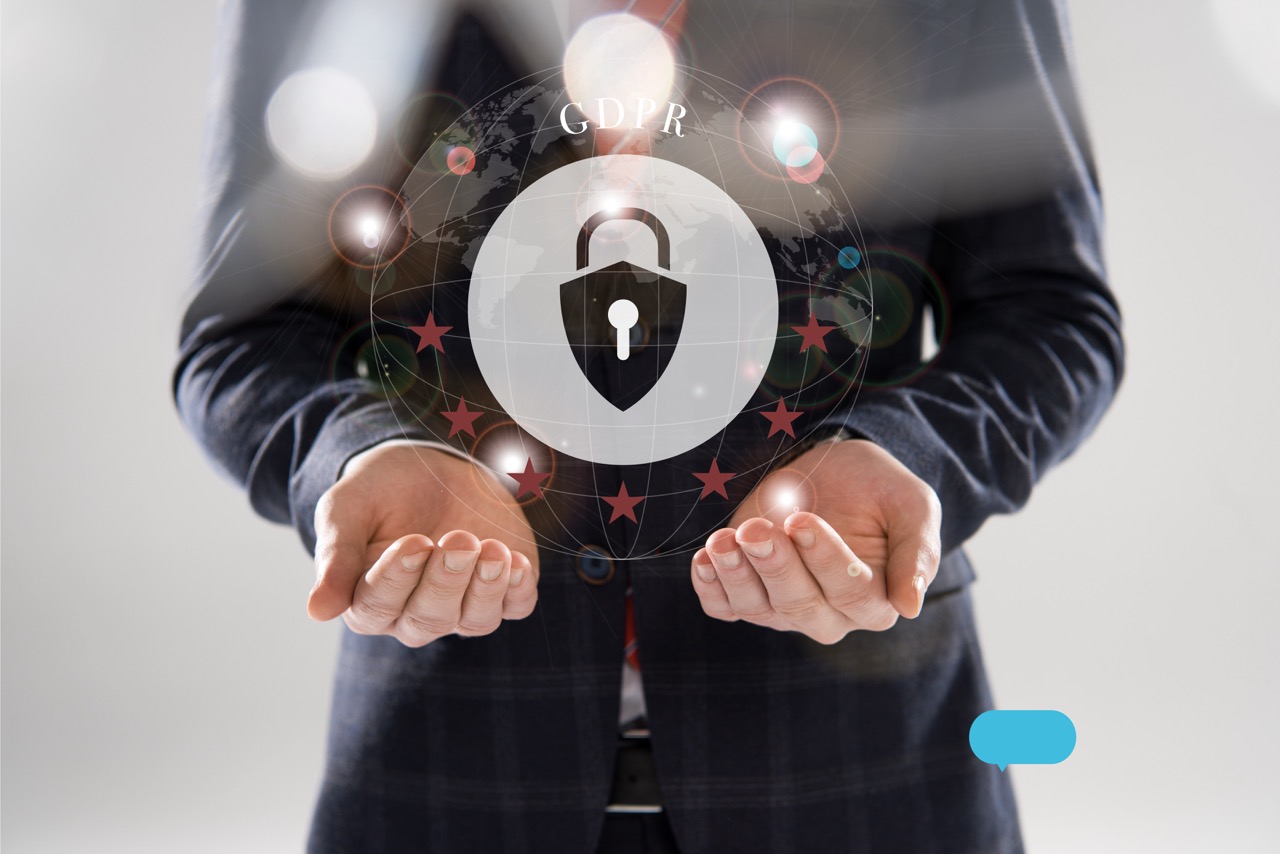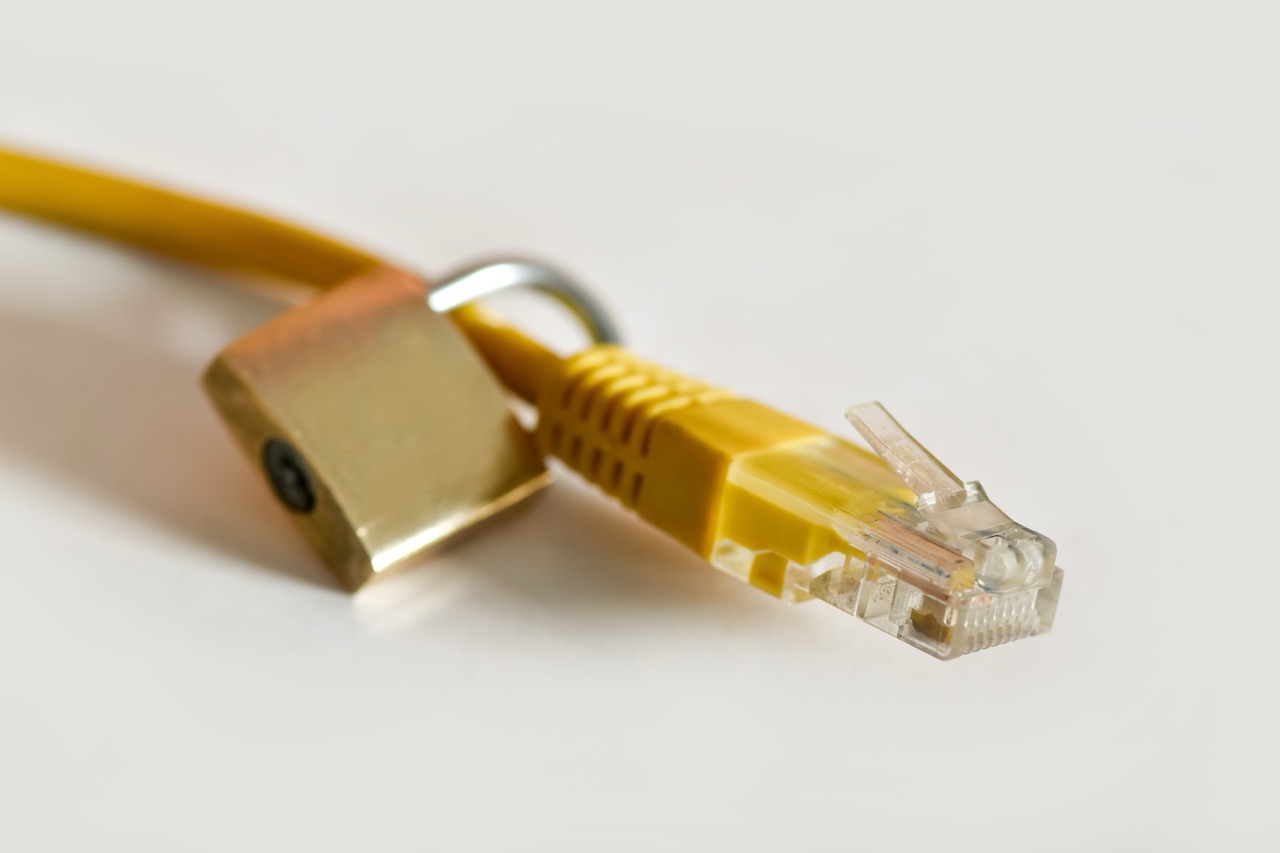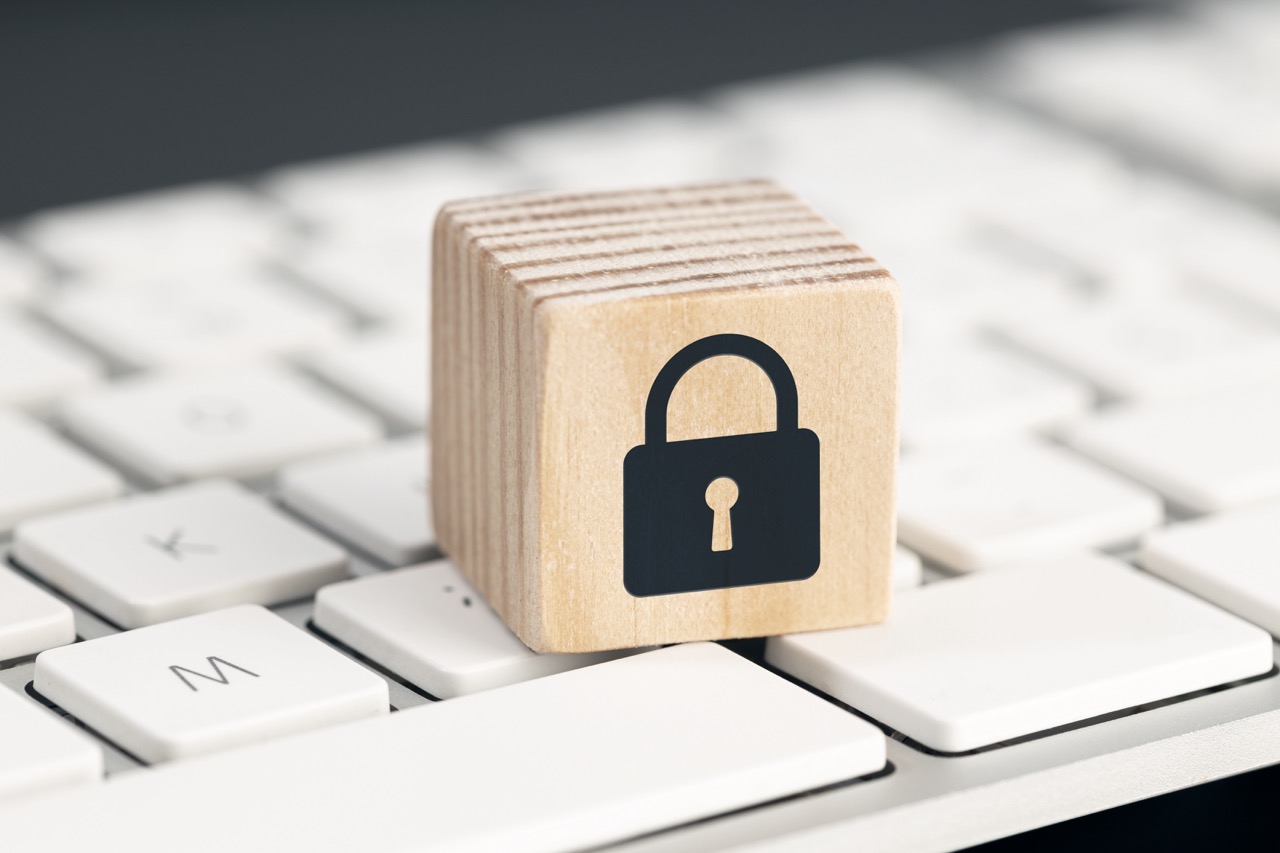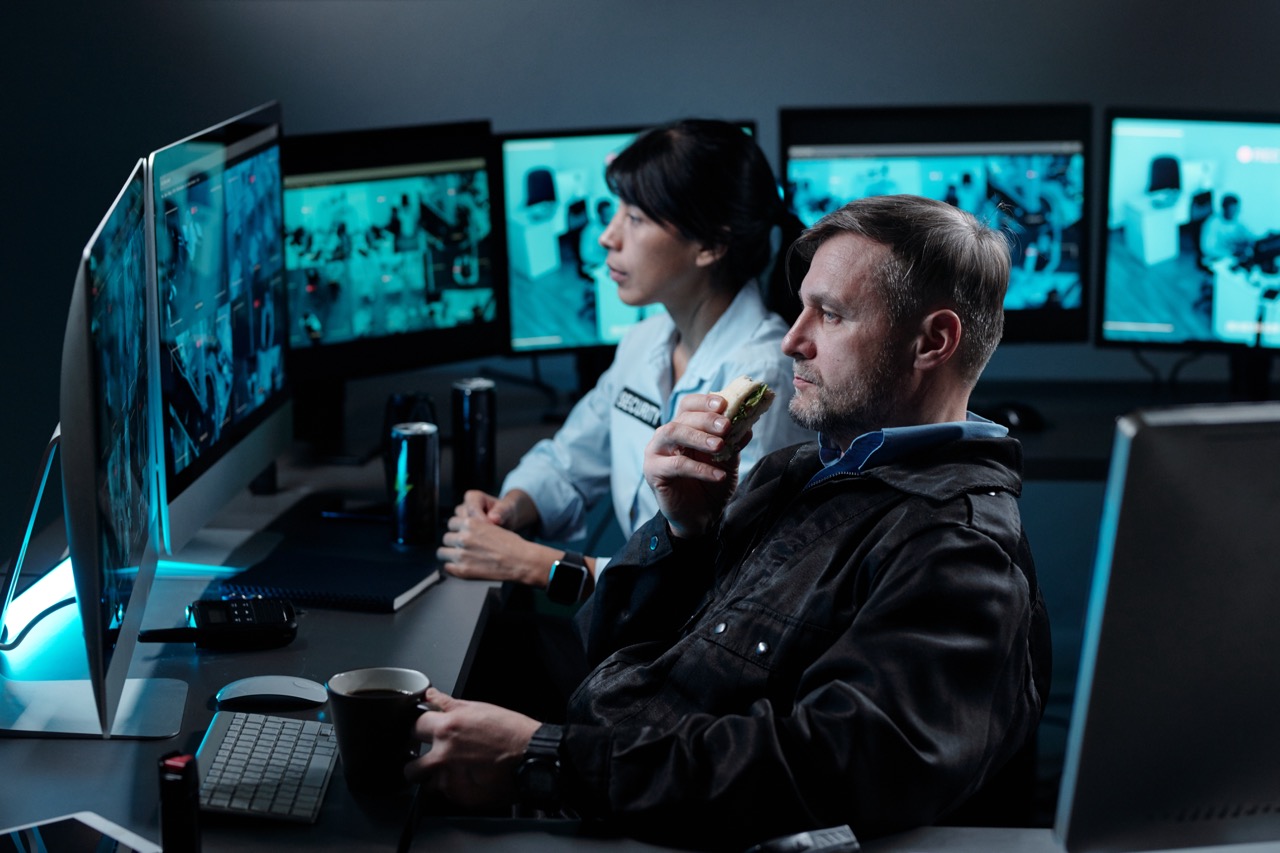In an era where remote work has become the norm, video conferencing tools have gained tremendous popularity. However, the convenience of virtual meetings comes with its own set of security challenges. To protect sensitive data and maintain confidentiality, many organizations are turning to Virtual Private Networks (VPNs) as a vital component of their digital security strategy. This article delves into the relationship between VPNs and video conferencing, exploring their role in enhancing security during virtual meetings.
Understanding VPNs: The Backbone of Secure Connectivity
Virtual Private Networks (VPNs) are powerful tools designed to create secure connections over the Internet. By establishing an encrypted tunnel between the user’s device and the VPN server, VPNs mask the user’s IP address and protect data from being intercepted by malicious actors. This technology is essential for ensuring privacy, especially when accessing public or unsecured networks. As remote workforces become commonplace, understanding how VPNs operate is crucial for maintaining secure communication.
In essence, a VPN works by routing the user’s internet traffic through a remote server, effectively disguising their online presence. This not only protects sensitive data from eavesdroppers but also allows users to bypass geographical restrictions. With features such as data encryption and IP masking, VPNs play a critical role in safeguarding information from unauthorized access. As video conferencing tools often transmit sensitive business discussions and personal information, utilizing a VPN becomes increasingly important for organizations focused on security.
Moreover, many VPN providers offer user-friendly applications that can be easily integrated with various devices and operating systems, making it accessible for both tech-savvy users and those less familiar with digital security measures. By simplifying the connection process and improving accessibility, VPNs empower users to prioritize their online security, especially in a collaborative setting where sensitive information is frequently exchanged.
The Importance of Security in Video Conferencing Tools
The rise of video conferencing has transformed professional communication, yet it has simultaneously exposed organizations to a myriad of security vulnerabilities. Many popular video conferencing platforms have faced scrutiny over issues such as data breaches, unauthorized access, and privacy violations. Given that these tools facilitate discussions that may include proprietary information and personal data, security must be a paramount concern for all users.
Ensuring the security of video conferencing tools involves robust measures such as end-to-end encryption, user authentication, and secure access controls. However, even the most secure platforms can fall prey to external threats if the underlying network environment is not protected. As organizations adopt flexible work arrangements, the risk of unsecured connections increases, underscoring the necessity for comprehensive security frameworks that include VPNs as a vital layer of protection.
Furthermore, the implications of inadequate security in video conferencing can be significant. Sensitive information can be leaked, leading to financial loss, reputational damage, and potential legal ramifications. Therefore, organizations must take a proactive approach to security by implementing VPNs, ensuring that their video conferencing activities remain confidential and secure from prying eyes.
How VPNs Protect Data During Live Video Meetings
When using video conferencing tools, data packets are transmitted over the internet in real-time, making them susceptible to interception. VPNs address this vulnerability by encrypting the data transmitted between the user’s device and the conferencing platform, creating a secure channel that unauthorized users cannot easily penetrate. This encryption process converts the data into a coded format that can only be deciphered by the intended recipients, effectively safeguarding against eavesdropping.
In addition to encryption, VPNs also provide a layer of anonymity by masking the user’s IP address. This feature is particularly important during video meetings, as it prevents potential attackers from tracking the user’s location and exploiting any identifiable information. By obscuring this crucial data, VPNs significantly reduce the risk of targeted cyberattacks during live meetings, ensuring that discussions remain private and secure.
Moreover, the use of VPNs can also mitigate risks associated with unsecured networks. For instance, when employees connect to public Wi-Fi networks—such as those in coffee shops or airports—they expose themselves to potential threats. A VPN encrypts any data transmitted over these networks, allowing users to maintain secure video calls regardless of their location. This capability is invaluable for organizations that prioritize remote work, as it ensures that sensitive information remains protected even in less secure environments.
Best Practices for Using VPNs in Virtual Conferencing
To maximize the benefits of VPNs during video conferencing, users should adopt several best practices. Firstly, it is essential to choose a reputable VPN provider that prioritizes security features, such as strong encryption protocols, no-logging policies, and reliable server locations. A quality VPN service can make a significant difference in the level of protection during virtual meetings and prevent potential vulnerabilities.
Secondly, users should ensure that their VPN is active and connected before initiating any video conference. This proactive step guarantees that all data transmissions are encrypted from the outset, reducing the risk of sensitive information being exposed. Regularly updating the VPN software and device operating systems is also crucial, as these updates often include essential security patches that protect against emerging threats.
Lastly, organizations should educate their employees about the importance of VPNs in maintaining secure video conferencing practices. This training should cover how to use the VPN effectively, recognize potential security threats, and respond appropriately in case of a security breach. By fostering a culture of security awareness, organizations can further bolster their defenses against cyber threats during virtual meetings.
Analyzing VPN Protocols: Which is Best for Meetings?
Different VPN protocols offer varying levels of security and performance, making it essential to select the right one for video conferencing. Among the most common protocols are OpenVPN, L2TP/IPsec, IKEv2/IPsec, and PPTP. OpenVPN, in particular, is favored for its robust encryption standards and versatility, making it an excellent choice for users prioritizing security in their video meetings.
L2TP/IPsec is another reliable option that combines the features of both Layer 2 Tunneling Protocol (L2TP) and Internet Protocol Security (IPsec). This protocol offers a solid level of security, although it may not perform as well as OpenVPN in terms of speed and stability. For users who require a balance between security and performance, IKEv2/IPsec is often recommended due to its ability to quickly re-establish connections, making it ideal for mobile users who may switch networks frequently.
Conversely, while PPTP is known for its speed and ease of setup, it falls short in terms of security and is generally not recommended for sensitive communications. Overall, selecting the appropriate VPN protocol is crucial for ensuring that video calls remain secure without sacrificing performance. Organizations should assess their unique needs and choose the protocol that aligns best with their security requirements and operational capabilities.
Common Challenges When Using VPNs for Video Calls
While VPNs provide enhanced security during video conferencing, they are not without their challenges. One common issue is reduced internet speed, which can occur when the VPN is active. Since VPNs encrypt data and route it through remote servers, they can introduce latency, impacting the quality of video calls. Users may experience lagging, choppy audio, or even dropped connections, which can disrupt important meetings.
Another challenge is compatibility with specific video conferencing platforms. Some applications may not function optimally when accessed through certain VPNs, leading to connectivity issues or restrictions in features. Organizations must ensure that their chosen VPN works seamlessly with their preferred video conferencing tools to avoid complications that could hinder communication.
Lastly, users might encounter difficulties when attempting to access regionally restricted content during video calls. While VPNs can bypass geographical limitations, certain platforms may detect and block VPN traffic, resulting in error messages or connection failures. To mitigate these challenges, organizations should conduct thorough testing and provide technical support to users, ensuring a smooth and secure experience during virtual meetings.
In conclusion, the integration of VPNs into video conferencing practices is essential for maintaining security in a digital landscape fraught with risks. By understanding how VPNs function, recognizing the importance of secure video communication, and adhering to best practices, organizations can effectively protect sensitive information during virtual meetings. While challenges may arise, addressing these issues proactively can significantly enhance the security of video conferencing activities, enabling organizations to operate confidently in a remote work environment. As technology continues to evolve, staying informed about security measures like VPNs will remain critical for safeguarding online communications.










